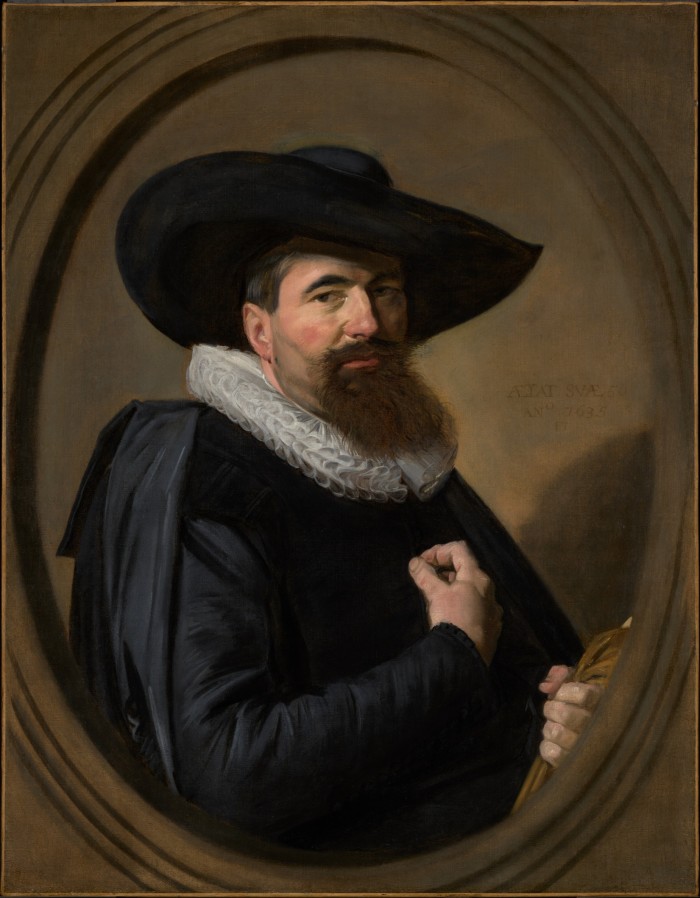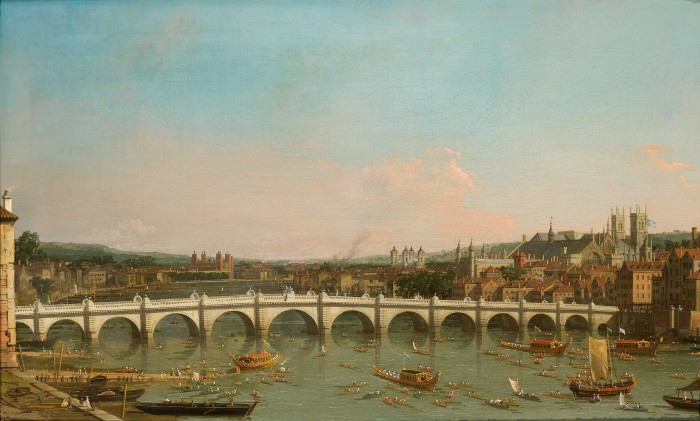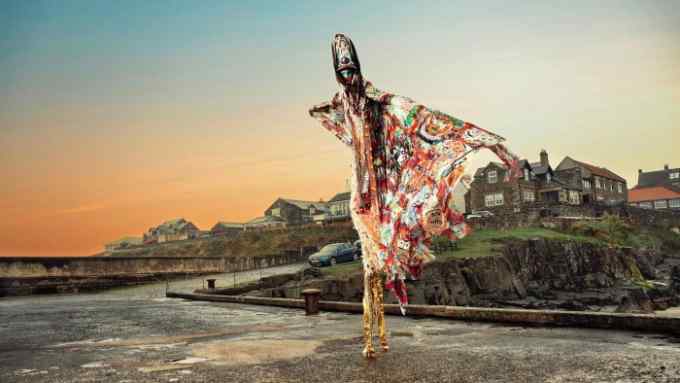The museum premium: why having a picture in an exhibition helps its price

Roula Khalaf, Editor of the FT, selects her favourite stories in this weekly newsletter.
Just days after the opening of the major Frans Hals exhibition at the National Gallery in London, a portrait by the 17th-century Dutch master will be unveiled at Frieze Masters. Unlike those hanging in Trafalgar Square, this one may be taken home — for €10mn (£8.6m).
It is not the only work of art at this — or any other — fair put on sale to coincide with a museum show. Many more, like this one, come with an exhibition history of their own. How does this museum validation add to the lustre, appeal or even value of a work of art?
Amsterdam dealer Salomon Lilian, who flourishes “Portrait of a 50-Year-Old Man”, thinks that a securely attributed work by an artist of the calibre of Hals needs no validation. Nor is the painting’s price affected by the show. He does say, however, that it will be useful in focusing people’s attention. “They will go to the exhibition and see that Hals is a magnificent artist. It is not often that there is a painting by him as good as this on the market, and never one signed and dated.”
In fact, this painting — out of the public gaze for 70 years — was briefly on the market three years ago, consigned to auction during lockdown but withdrawn from the sale because so few people were able to view it. When Lilian did see it last July, he realised there were passages of great quality but also many areas of overpainting. “All the blacks were blurred,” he says, but he took a calculated risk and bought it. After the removal of earlier restorations and a masking, black-tinted fluorescing varnish, “all the different colours of black reappeared. The painting was transformed. It is fantastic.”

Frieze Masters exhibitor Charles Beddington sees the point of the museum-fair synergy. “Interest in the Old Masters is not declining when it comes to museum exhibitions,” he says. “Think of the ferocious competition for tickets for the Vermeer or Leonardo [shows].” He is offering on consignment a signed and dated work by another “name” with a no less recognisable hand, Canaletto. “Westminster Bridge from the North with the Lord Mayor’s Procession, 25 May 1750” (£2.8mn) was last exhibited at the Canaletto in England show of 2006-07, which Beddington curated.
Many dealers — and collectors — admit to scouring museum labels to identify privately owned works. Lilian’s line is that if a picture is not in a museum collection, it is potentially for sale, “but if you do buy something you see there, you have to pay the top price.” That a work of art is selected for an exhibition suggests, baldly, that it is better than one that is not.
“If the attribution of an Old Master painting is in question, its inclusion in a major monographic exhibition may be important,” says exhibitor Edmondo di Robilant. Certainly, the appearance of the controversial “Salvator Mundi” in the National Gallery’s Leonardo show did it no harm.

For drawings dealer Stephen Ongpin, museum shows are most useful for introducing him to artists he did not know. The highlight of his stand, “Mystic Package of 1967” ($600,000), a compelling and very large pastel still life by the Chilean realist Claudio Bravo, came to his attention in the catalogue of a pastel exhibition in San Francisco.
“If a drawing has been exhibited in a museum, it sometimes does help with a newer client or someone who is just starting out,” says Ongpin, who always tells new clients that he has sold to almost 60 museums worldwide. “It reassures them that what they are seeing in the gallery is of museum quality.” If a museum requests the loan a drawing he has sold, clients tend to be pleased. “It adds an extra frisson, a sort of validation for the purchaser.”

Antiquities dealer Rupert Wace had been asked to lend his unique seventh-century bronze horse and rider, the Bradwell Warrior, to the revamped museum at the Moot Hall, Aldeburgh, last year, but had refused to sell it at the time. “It is not appropriate to use a museum as a shop window,” he insists. This diminutive piece, found by a metal detectorist in Norfolk in 2015, was hailed as the most important Anglo-Saxon sculpture discovered since the Sutton Hoo excavations of 1939. Now it comes to Frieze Masters (£180,000). “It is a museum piece,” he says.
Where a museum exhibition makes a more quantifiable difference is with the reappraisal of long-overlooked women artists whose market value is unreasonably low. Exhibitor Will Elliott aims to find women artists so overshadowed that they are not yet — or barely — on the radar of any institution. Amélie Legrand de Saint-Aubin (1797-1878), who was successful in her own day, was first reintroduced to a wider audience in the recent, revelatory Women Painters 1780-1830 at the Musée du Luxembourg. The catalogue accompanying Elliott’s previously undocumented “Portrait of a Young Artist” (1831) is the first devoted to this artist.

Elliott describes his asking price of £200,000 as “considerably more than the few other works by her to have appeared on the market, but in line with exceptional paintings by otherwise little-known women artists sold at international auction.” Like it or not, scholarship and commerce are closely interlinked.
October 11-15, frieze.com

Comments